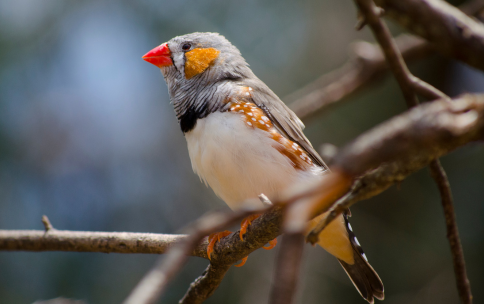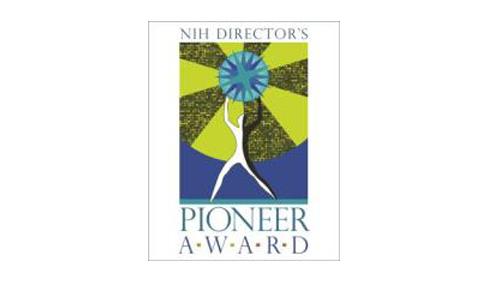
Gene editing therapies provide the potential to cure many genetic diseases that are caused by errors in our DNA. Technologies like CRISPR aim to correct these errors by ‘copying and pasting’ short sequences. However, these technologies can’t add entire genes or replace longer sequences in DNA. CRISPR and other gene editing techniques may also disrupt existing genetic processes, put the new gene in a place that makes it inaccessible and inactive, or even kill the cell outright. New techniques are needed to complement current gene editing therapies. Dr. Kathleen Collins, a 2020 NIH Director’s Pioneer Award recipient, aims to tackle the need for an effective gene editing approach that can insert whole genetic sequences without causing damage to the cell.
In an article published in Nature Biotechnology, Dr. Collins and her team report the discovery of a new method to insert long DNA sequences safely into human cells, with inspiration from an unlikely source: birds. The team found genetic sequences in inactive DNA within bird genomes that codes for a guide protein which can lead a template gene to specific locations within the genome, where the template is then copied and integrated into the native DNA. These locations are ‘safe harbor’ areas of the genome, where the DNA has many repeating genes. Disrupting one copy of these genes with a new sequence doesn’t hurt the cell because there are many repeated copies of the same gene in the area. The presence of multiple genes in these ‘safe harbors’ allows the added genes to be activated without causing damage to the cells.
Dr. Collins and her team found that when this guide protein they had discovered in birds was introduced into human cells, it was able to insert DNA sequences into specific areas of the human genome. The inserted sequences were not lost as the cells lived and divided, and there were no observed negative effects on the cells’ growth. More work is needed to investigate how specific and stable these inserted DNA sequences are, but this technique shows promise in its ability to complement current gene editing techniques to replace entire sequences of mutated or missing DNA.
Reference: Zhang X, Van Treeck B, Horton CA, McIntyre JJR, Palm SM, Shumate JL, Collins K. Harnessing eukaryotic retroelement proteins for transgene insertion into human safe-harbor loci. Nature Biotechnology. 2024 Feb 20. doi: 10.1038/s41587-024-02137-y.



